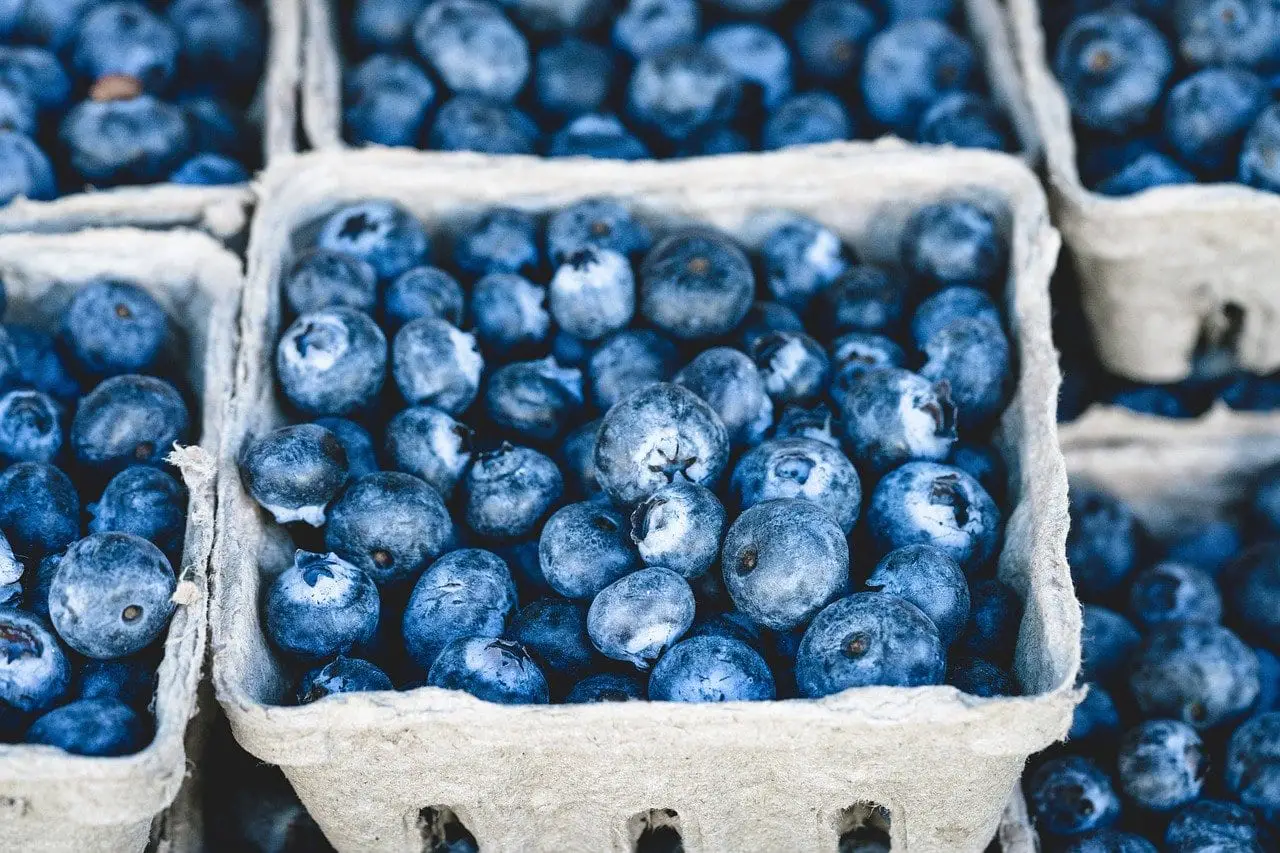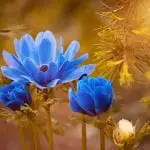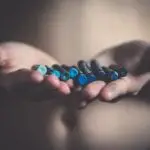Did you know that blue is the most favorite color in the world? According to a YouGov poll, almost every nation on earth claims to say so. Also, the color has intrigued and pleased artists, as well as scientists for many centuries. It is also the first choice for several things starting from the paint of your house to a pair of jeans. However, it is surprising to note that blue is an extremely rare color in nature.
At the same time, it is an incredibly prominent color on the planet. After all, it is the color of the ocean and the sky. Blue is immensely rare though in nature because less than one in every ten plants has flowers, which are blue. You will also find that very few animals are blue in color – but what is the reason for that?
One of the key reasons is that a proper blue pigment or blue hue does not exist in nature. Animals and plants alike have to conduct certain tricks with the light so that they can appear blue.
How do plants appear blue in color?
Plants achieve their blue color after mixing pigments, which occur naturally similar to the way artists would mix their colors. They mostly use red pigments, which are also known as anthocyanins. The appearance of these pigments may be altered by changing acidity.
Such alterations along with reflected light may lead to some amazing outcomes – cornflowers, morning glories, day flowers, hydrangeas, bluebells, plumbago, and delphiniums.
Thus, plants use pigments missing and pH shifts and combine them with the reflection mechanism of natural light to generate the look of a blue color, which is naturally occurring. It is precisely the reason some plants like morning glories, hydrangeas, and bluebells are available in different hues of blue. It is imperative to note in this context that plants do not possess any authentic blue pigment to make themselves appear blue in color.
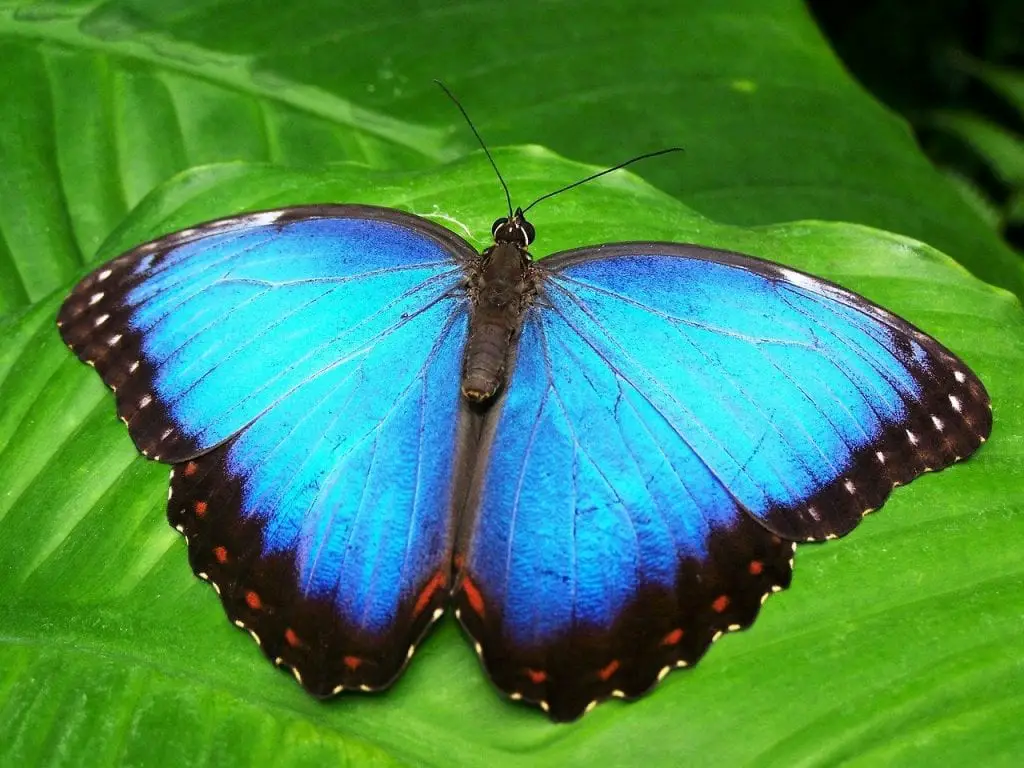
While you will hardly come across blue flowers in plants, there is almost no planet on the planet with blue leaves. The only exception is very few plants that grow in tropical rainforests. The key logic behind this is the physics of reflection may have something to do with this.
Are you aware that pigments look like the light’s color that they reflect and do not absorb? Green chlorophyll happens to be the most common pigment in plants. Plants appear green in color as chlorophyll does not absorb. Rather, the pigment reflects green light.
However, plants are fond of blue lights because the color possesses more energy as compared to other lights in the spectrum, which is visible. So, if a plant has blue leaves, it is reflecting light at the highest energy. Also, the plant is relegating itself to use simply light of poor quality, which eventually restricts its growth. A majority of plants avoid this as it is not a great strategy.
What is the explanation for an animal that appears blue?
As we all know, animals on the planet are available on all shades and hues. However, can you point out how many of them are actually blue in color? The names blue whale and blue jay will come instantly in your mind. There are less common blue-colored creatures too such as parrots, frogs, and butterflies.
How do animals look blue? As far as birds are concerned, there is not a single principle mechanism. It is imperative to note that different birds use different mechanisms to look blue ranging from ensuring that their crystal structure is uniform to microscopic bead design.
As mentioned earlier, human beings are extremely fond of blue colors. What is also interesting to note is that it is more difficult for animals to turn blue as compared to plants. Not many are aware that several pigments in animals are procured from the diet they consume. As such flamingos are pink as the dye they receive from feasting on shrimp, which is their favorite food.
On the other hand, goldfish are golden in color because of the kind of food they eat. However, it is not possible for the animals to turn blue in color through their food as plants do not have true blue pigments in them.
Rather than altering or mixing pigment, many animals achieve the blue color by creating structures, which can alter light’s wavelength. For instance, a blue morpho butterfly is colored so because the scales of the wings are ridge-shaped.
It makes a light bend in such a manner that it reflects only blue, a wavelength of light. However, it also denotes that were their scales had a different shape, their blue color would disappear.
Bluebirds like blue jay are colored so because of a somewhat similar and yet a marginally distinct process. Their feathers are made of microscopic and light-scattering beads in a manner that cancels all wavelengths of light except the color blue. Nature’s only exception is the obrina olive wing butterfly. It is the planet’s only known animal, which can produce an authentic blue pigment.
Reasons why blue is an uncommon color in nature
Blue is a rare color to come across on our plant because nature does not have any naturally existing blue compounds to create blue objects. It is the logic behind the rarity of blue minerals and rocks. Also, remember how expensive when people in Egypt started mining a mineral called blue lapis lazuli several thousands of years ago?
We mentioned earlier that plants are mostly green in color because of the presence of a green pigment called chlorophyll. For instance, carrots have a bright orange color because of their carotene compounds.
A majority of pigments, which animals have on their feathers, skin, or fur, are because of the type of food they eat. For example, the color of a salmon is pink as they eat pink shellfish. On the other hand, goldfinches derive their yellow as they consume yellow flowers.
However, unlike pigments such as yellow, orange, brown, or red that come from the kind of diet an animal has, it is not the same scenario with blue color. The blue hue, which we see is not pigment at all.
While blue color can be also seen in nature but is rare, the reason for its presence is not a pigment. For instance, a few animals are blue in color because of the way their skin reflects light, as well as their molecular structure. The sole exception is the obrina olive wing butterfly, which has been already covered above.
The blue color is typically found in blue structures instead of pigments, unlike most other colors. Although scientists are not one hundred percent certain, a popular theory pushed forward is that developing the blue color is advantageous for communication and survival.
You can also see a similar situation in plants as they do not have a true blue pigment. David Lee, who has written the famous book “Nature’s Palette The Science of Plant Color” notes that less than 10% of the world’s 280,000 flowering plant species can produce blue flowers. Lee is a retired professor at Miami’s Florida International University in the Department of Biological Sciences.
Why does it matter?
Is there anything to worry about the rarity of blue color on our planet? Do we need to bother about the rare presence of blue objects in nature? Plants having flowers in different colors will come handy in attracting a unique pollinator.
As far as animals are concerned, alluring blue hues in frogs to butterflies and parrots come handy to get attention. It can be good attention, for instance, to attract a mate such as the dance of the peacocks. It can be also bad such as alerting predators such as poison dart frogs.
Back to human beings
Does the scarcity of blue objects on the planet affect human beings? When you try to point out your favorite color, there is a high possibility for you to choose the color blue like a majority of the people around the globe.
The color of the ocean, sky, and clothes in innumerable shades of blue may make you believe that blue is available in abundance. However, it is time for you to think again. Try to think when was the time you last came across a bluebird, insect, or even a petal. While such plants and animals do exist, they are rare.
Let us admit that blue is one of nature’s rarest colors. Even a handful of plants and animals, which look blue do not contain the hue. Most of these blue organisms have come up with certain unique traits, which deploy the physics and dynamics of color to appear blue.
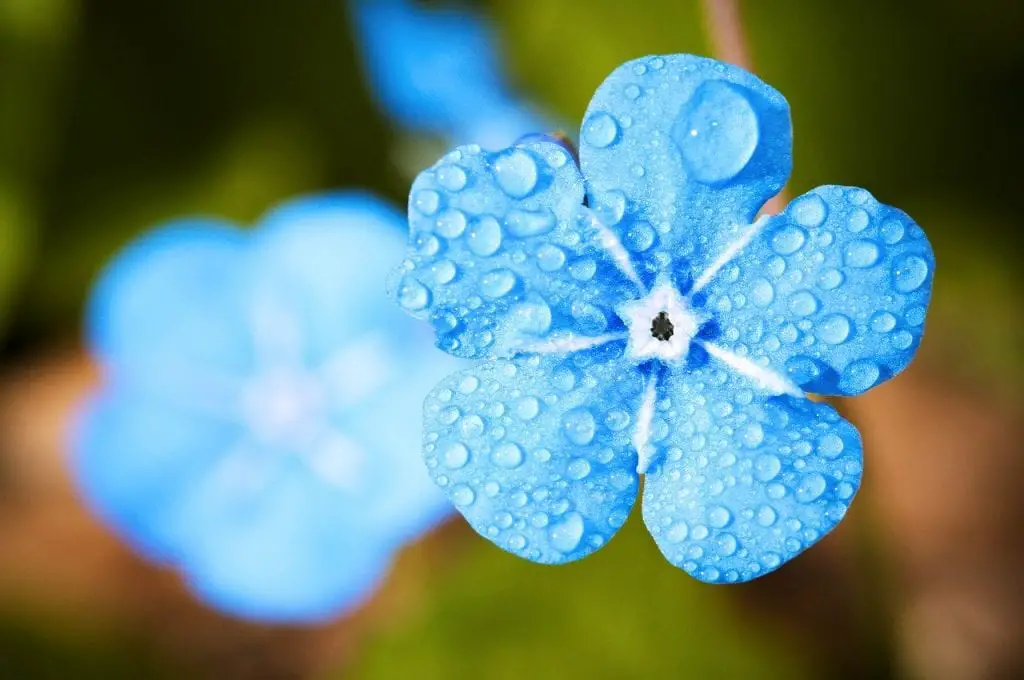
Blue flowers are a novelty today and several cultivators are making attempts to breed and grow an ideal blue bloom. It looks that blue will continue being a rare color in nature. While humans are fond of the color blue, it was a tough shade to get. It is only in recent times when the technique of synthetic dyes made it possible to create any hue to be made.

